A C

Global Veterinary
Communication Software Vic 9999 AU
0422 999 191
support@vetcheck.it
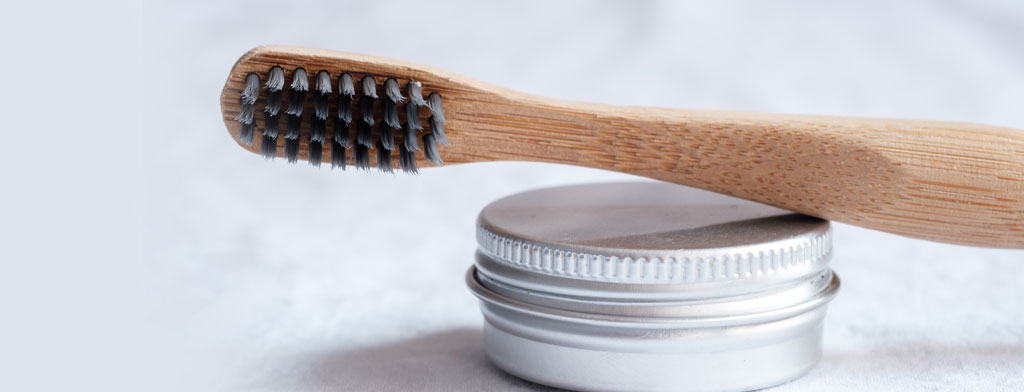
Dental home care program
Taking care of your pet's teeth at home is extremely important in reducing plaque formation and the development of the dental disease. Plaque control can be achieved through mechanical removals such as brushing teeth or using dental chews or chemical means with veterinary dental products. Nothing is 100% effective and therefore like us, a pet will still require regular dental check-ups and professional cleaning procedures. Only during these procedures can the plaque and tartar that exist below the gum line, can be removed. Anesthesia-free dental procedures are not recommended as they do not allow for the removal of bacteria below the gumline.
Here are some effective forms of dental care you can introduce at home.
Tooth brushing
Tooth brushing is considered the "gold standard" when performed once daily or at least twice weekly. It is the most effective and cheapest form of plaque prevention. Toothbrushes come in varying sizes and designs: a fine bristle toothbrush head on a standard straight brush is ideal. It's important only to proceed if the pet allows.
When using toothpaste, it is important to use a pet-approved one as they are flavored for pets, have low levels of fluoride, may have enzymatic tartar control, and do not foam. Note: human toothpaste can cause stomach irritation if ingested.
How to Brush Your Pet's Teeth
Brushing your pet's teeth is considered the gold standard for maintaining healthy teeth. This handout will help you to teach your pet to cooperate during brushing.
When recommending tooth brushing, there are 3 strict requirements:
- A cooperative pet
- A motivated pet owner
- A pet owner who is confident to perform the task
Step 1: Acclimating your pet to mouth handling
- Start at an early age
- Get your pet used to you gently touching its muzzle and jaw
- Follow with a treat reward and lots of praise
Step 2: Simulating brushing with your finger
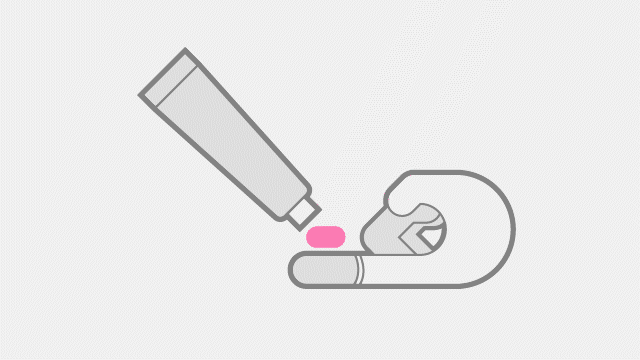
- Wrap soft gauze around your finger or wear a finger brush
- Place a little pet toothpaste on your finger - it is important to only use a pet-approved product
- Let your pet lick the toothpaste from your hand
- Do these several days in a row
- Follow it with a reward and praise
- As the pet gets comfortable, extend the finger down the sides of the mouth
Step 3: Introducing the toothbrush
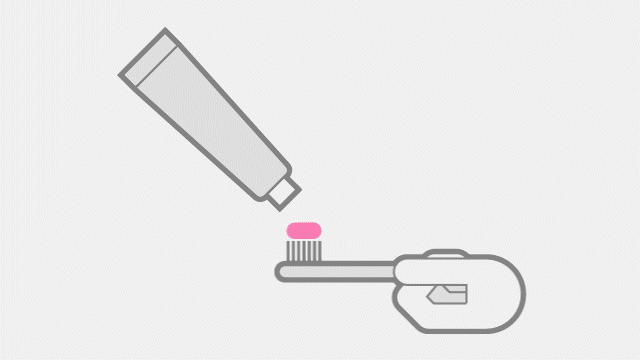
- Place the pet toothpaste on a soft pet toothbrush
- Allow your pet to lick it from the brush
- Gently rub the front teeth in a circular motion
- Praise and reward your pet
- Repeat step for several days
Step 4: Brushing your pet's teeth
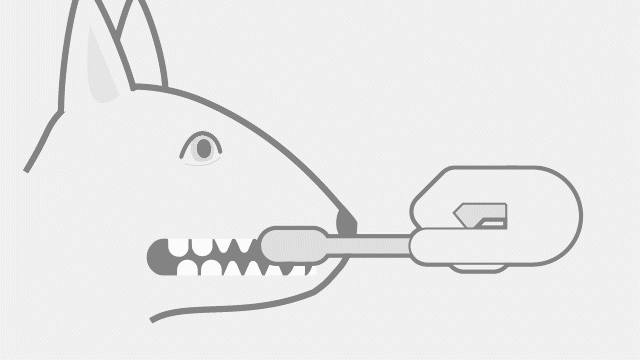
- Gently hold back your pet’s lips
- Brush the outside of each tooth, moving the brush gently in a circular motion with the brush at a 45-degree angle
- Talk to your pet in a soothing voice & always following sessions with treats
- Brush a few teeth the 1st time and gradually lengthen each session
- Concentrate on the area when the gum meets the tooth
Dental chews
The natural chewing motion can help reduce plaque. Some dental treats and commercial dry foods also contain chemical plaque control agents. Rawhide products and chew treats can help if used daily. Try to choose products that contain anti-tartar or anti-plaque ingredients e.g. OraVet Chew, CET VeggieDent chew, SANOS Dental sealant.
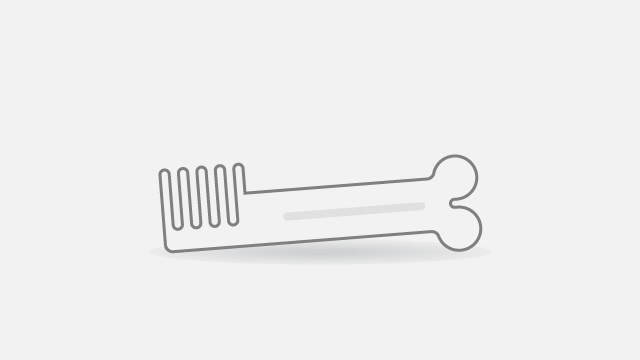
Dry food
Studies suggest that feeding pet dry food may assist in the mechanical removal of soft plaque from the pet's teeth. However, unlike in dogs, research does not indicate that dry food helps to mechanically remove plaque or tartar in cats.
Prescription diets
Prescription diets from reputable companies must perform studies to prove the effectiveness of their claims. Prescription diets e.g. Hill's Prescription t/d are often complete and balanced and are a good way to maintain a pet's dental health between professional cleans.
Depending on the diet, some have a specific kibble design that helps mechanically remove plaque and some include a chemical compound to help prevent tartar.
Chew toys
It's important to choose a chew toy that is made of durable rubber. They can only be of benefit if played with every day. You can encourage chewing by applying a small amount of peanut butter or cheese onto the toy.
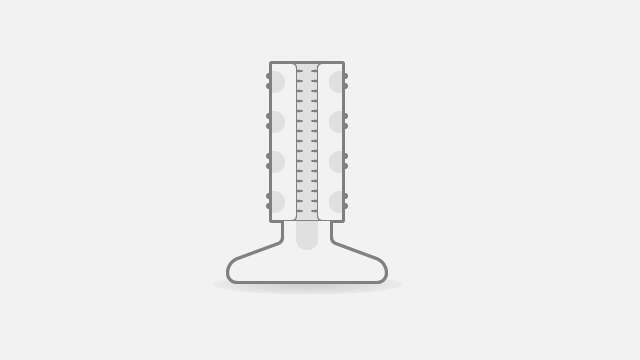
Avoid toys that can be broken into pieces such as plastic or rubber toys as these can become lodged in the pet's stomach. Harder toys such as rope toys or even rocks and sticks can cause damage to your pet's teeth.
Dental rinse
A liquid solution that can help to prevent tartar and plaque and reduce inflammation. Often recommended between professional dental cleans and a good alternative for pets that do not like their teeth being brushed. They can be used as a daily rinse after each meal.
Chlorhexidine containing products are the most effective antiseptic in preventing plaque build-up. It binds to the tooth and gum surfaces and slowly releases into the oral cavity for effect. It is fairly safe and rarely causes problems. However, some pets do not like the taste of the product.
The rinses can be gently squirted into both sides of the cheek. Whereas the gel is gently smeared onto the teeth directly. The tongue and lips help spread the product around the mouth.